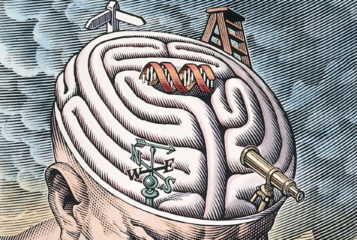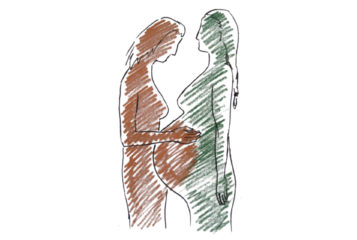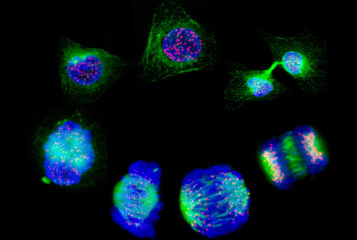Equity of access: Not for northern NHS patients requiring PGT-M
The most northerly fertility clinic offering NHS funded PGT-M and PGT-SR in England is in Nottingham. This means there are now around 100 patients residing in the north of England who are unable to access the NHS fertility services they need locally to avoid transmitting a genetic condition to their children…






